Results
-
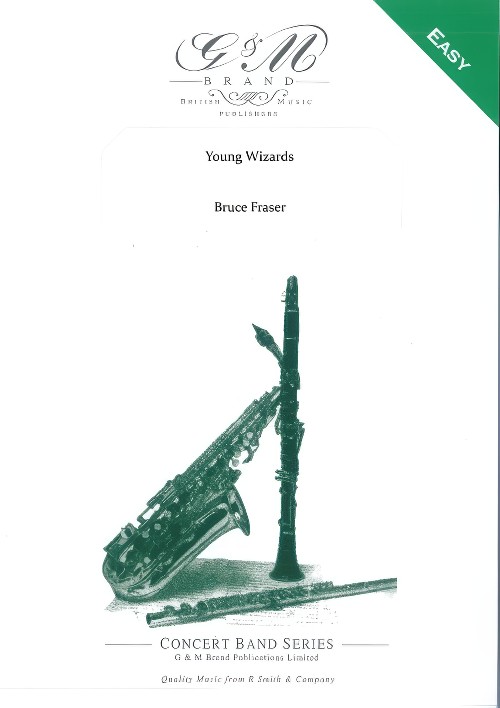 £11.95
£11.95Young Wizards (Concert Band - Score Only) - Fraser, Bruce
This three movement suite was inspired by the composer's reading of Harry Potter and The Philosopher's Stone. The work is based on a tone row taken from the musical letters contained within the title. "Black Pointed Hats" in D minor sets the scene, with the bass instruments playing an accented form of the tone row. Note clusters and chromatic movement help to create the mysterious sound palette for listeners to let their imagination run riot. The contrary motion in the upper woodwinds at the beginning of "Spells" gives a mesmerizing effect. The third movement, "Flying Broomsticks," evokes the image of young wizards flying around, using chromatic runs and various accented sections where the flying is not so smooth. Both themes used in this movement combine to form a grand flypast!
Estimated dispatch 7-14 working days
-
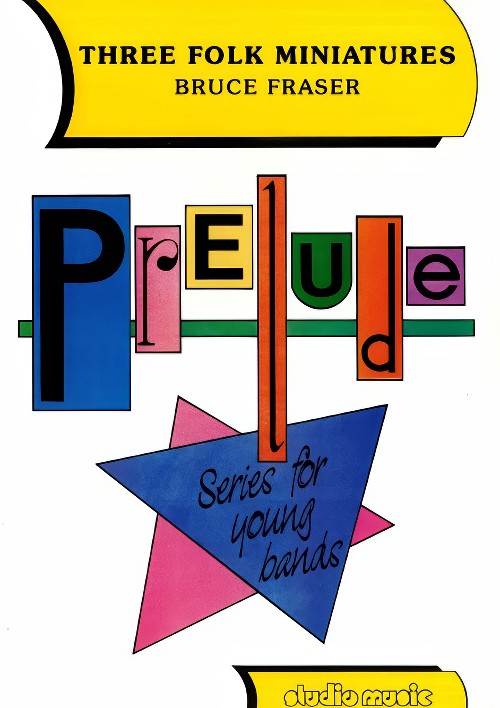 £44.95
£44.95Three Folk Miniatures (Concert Band - Score and Parts) - Fraser, Bruce
Three Folk Miniatures (Good Mornin' to Ye; Shepherd Song; When the Sun Shines) reflect the style of old English folk songs offering young players the opportunity to show off several acquired skills in performance.Titles in the Prelude Series are specifically scored for bands with few, if any, bass instruments but will sound well on larger ensembles. The bass line is playable by any combination of bass clarinet, bassoon, baritone saxophone, trombone, euphonium or tuba; in the event that none of these is available, the part for trombone/euphonium (B flat TC) can be played by tenor saxophone. The tuned percussion part is entirely optional and can be played by any available instrument(s). Each piece also includes a preliminary exercise. This is always in the same key as the accompanying piece and consists of a scale and chord progression that can be used for improving ensemble, balance, intonation and instrumental facility by changing tempo, articulation and dynamics.Duration: 2:20
Estimated dispatch 7-14 working days
-
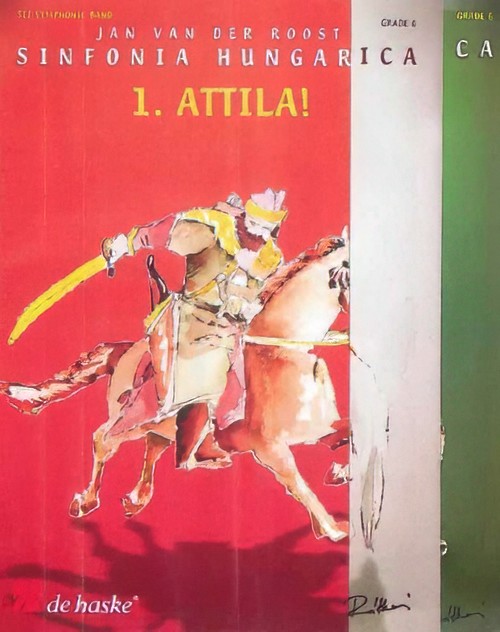 £551.99
£551.99Sinfonia Hungarica (Concert Band - Score and Parts) - Van der Roost, Jan
This three-movement symphony musically depicts the history of Hungary. Key historical figures, wars and other important events from this country inspired all three movements. The first movement depicts Atilla, the King of the Huns, and is characterised by fear, threat and aggression. The second movement focuses on Arpad, the founder of the Hungarian State and the final movement is named after Istvan, the King who introduced Christianity into Hungary. The beautiful theme of the national hymn appears throughout the symphony, however it is often partially hidden. It is used as a "thread," hardly recognizable at the beginning, becoming more and more obvious near the end and it concludes the symphony as the "final apotheosis," making the band sound like a majestic living organ.Duration: 12:45
Estimated dispatch 7-14 working days
-
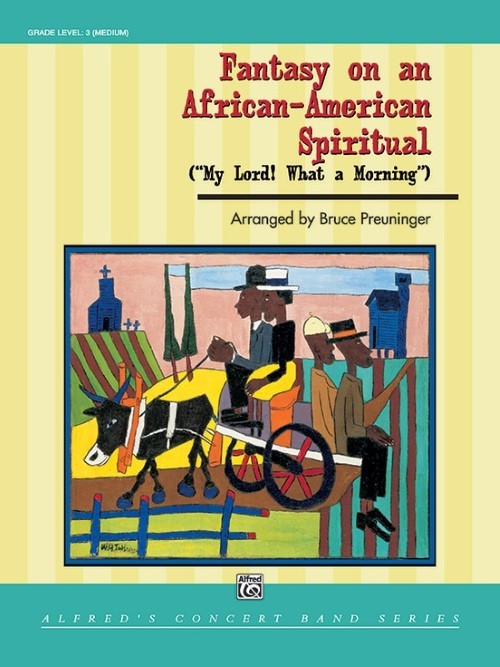 £87.50
£87.50Fantasy on an African-American Spiritual (Concert Band - Score and Parts) - Preuninger, Bruce
Bruce Preuninger has successfully managed to capture the sound and feel of the spiritual in the context of a large ensemble. In Fantasy on an African-American Spiritual, the composer has arranged the famous spiritual My Lord what a Morning, for Grade 3 concert band. It opens with an incredible surge of harmony in chorale style. This leads to the faster main section that features jazzy rhythms with creative percussion accompaniment. This one is a real treat! Duration: 4.30
Estimated dispatch 7-14 working days
-
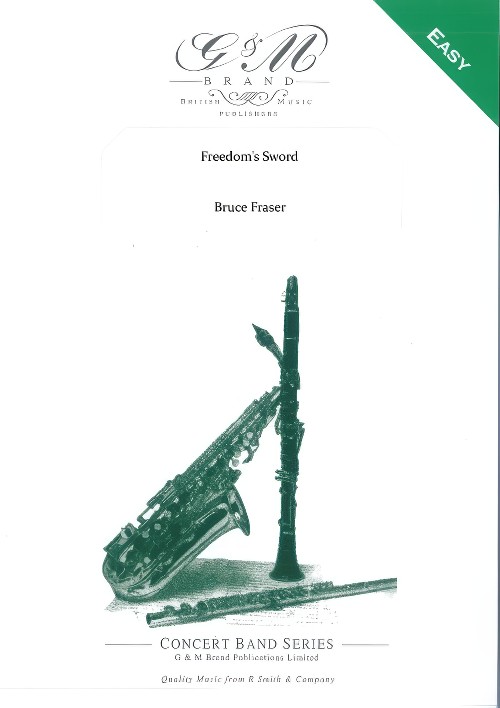 £59.95
£59.95Freedoms Sword (Concert Band - Score and Parts) - Fraser, Bruce
This work was originally commissioned by Nigel Boddice for the West Lothian Schools Brass Band to play at the European Youth Brass Band Championships in 1997 entitled Devolution to celebrate the setting up of the new Scottish Parliament. It appears in this revised version for Concert Band with the title Freedom's Sword. The opening section recalls days gone by when the Scots and English fought many a battle. The themes are derived from the well-known haunting song Ca' the yowes. The horn calls and off-stage percussion sound of a distant battle and it gradually comes closer. The centre section creates a mood of reconciliation with a dreamy Alto Saxophone solo. The last section now looks ahead with optimism and various bright dance themes appear based onTraditional Scottish reel tunes, one of which is a two-part vocal scat section The piece then heads for its conclusion including a full statement of the main theme.
Estimated dispatch 7-14 working days
-
 £11.95
£11.95Freedoms Sword (Concert Band - Score Only) - Fraser, Bruce
This work was originally commissioned by Nigel Boddice for the West Lothian Schools Brass Band to play at the European Youth Brass Band Championships in 1997 entitled Devolution to celebrate the setting up of the new Scottish Parliament. It appears in this revised version for Concert Band with the title Freedom's Sword. The opening section recalls days gone by when the Scots and English fought many a battle. The themes are derived from the well-known haunting song Ca' the yowes. The horn calls and off-stage percussion sound of a distant battle and it gradually comes closer. The centre section creates a mood of reconciliation with a dreamy Alto Saxophone solo. The last section now looks ahead with optimism and various bright dance themes appear based onTraditional Scottish reel tunes, one of which is a two-part vocal scat section The piece then heads for its conclusion including a full statement of the main theme.
Estimated dispatch 7-14 working days
-
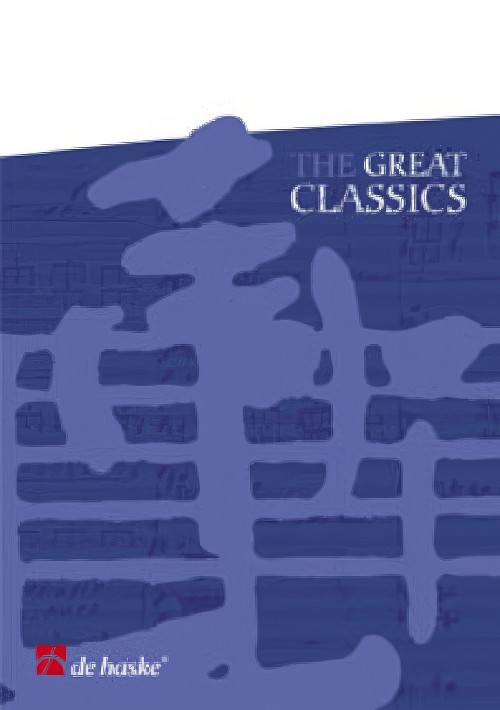 £154.99
£154.99Poet and Peasant Overture (Concert Band - Score and Parts) - Suppe, Franz Von - Takahashi, Tohru
Preludes and overtures were often written to set the mood of Viennese folk plays and therefore might be used for more than one production. Such was the case for Poet and Peasant, which introduced a comedy of the that name in 1846. The piece had already been heard as the overture to the play Lots of money, short of sleep and may also have prefaced two other plays. This overture did not belong to an opera until several years after its 1845 composition date. The themes from this overture are among the most often quoted material for comic effects for stage productions and animated cartoons. Probably, they represent, in sound, an era of nostalgia from the old-time park band concerts and are familiar to audiences of all age groups. This composition deserves to be heard in its original context as a serious, but highly entertaining, selection.Duration: 10:15
Estimated dispatch 7-14 working days
-
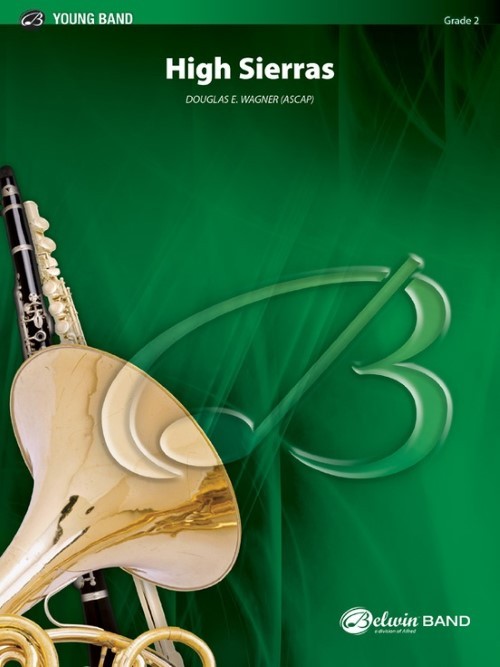 £53.95
£53.95High Sierras (Concert Band - Score and Parts) - Wagner, Douglas E.
Picture the towering majesty of mountains, wreathed in clouds at times, brilliant in sunshine at other times. The serene grandeur and beauty are testaments to peace within nature and within the soul of man. Douglas Wagner's overture for band presents an opportunity in performance to scale new heights in dramatic expression and allows all elements of the human spirit to focus on the beauty of sound Captivating!Duration: 3.45
Estimated dispatch 7-14 working days
-
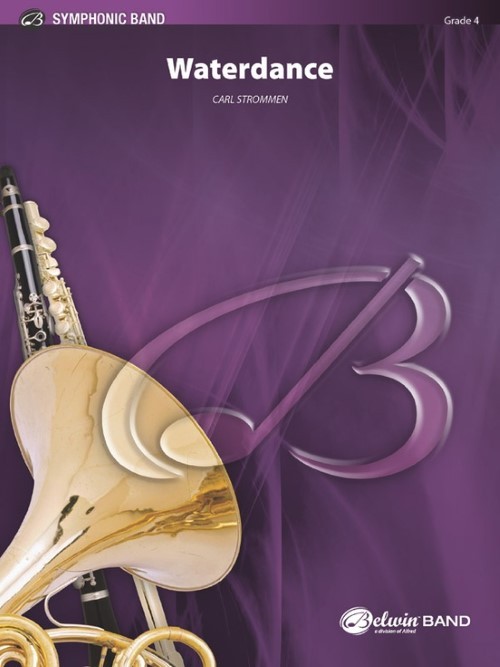 £82.00
£82.00Waterdance (Concert Band - Score and Parts) - Strommen, Carl
Picture a lake before sunrise. With Dawn, the myriad varieties of life in and about the lake slowly awaken and, in the heat of the day, skip and skate across the water as if in a frantic ballet. Thus WATERDANCE begins and continues until it experiences Evening. Here is a beautifully crafted composition that brings us into the rhythms of life, the patterns of nature and an uplifting portrayal in sound. Stunning! Duration: 4.30
Estimated dispatch 7-14 working days
-
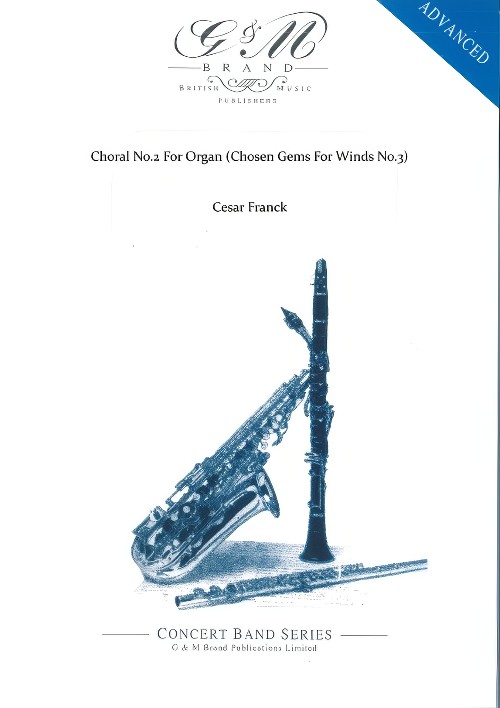 £104.95
£104.95Choral No.2 For Organ (Chosen Gems For Winds No.3) (Concert Band - Score and Parts) - Franck, Cesar - Grainger, Percy
Grainger's passionately humanistic setting of Franck's Chorale No. 2 is uniquely suited to the resources of the modern concert band. He did not want the band to sound like an organ. Instead, he created a rich, voice like sonority similar to the orchestral timbre of the D minor Symphony. It is by far his most ambitious scoring.
Estimated dispatch 7-14 working days
